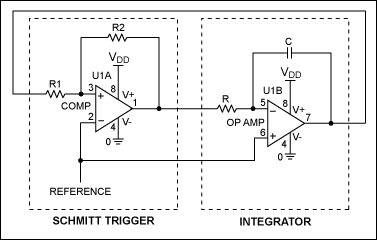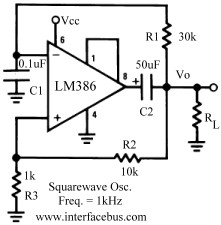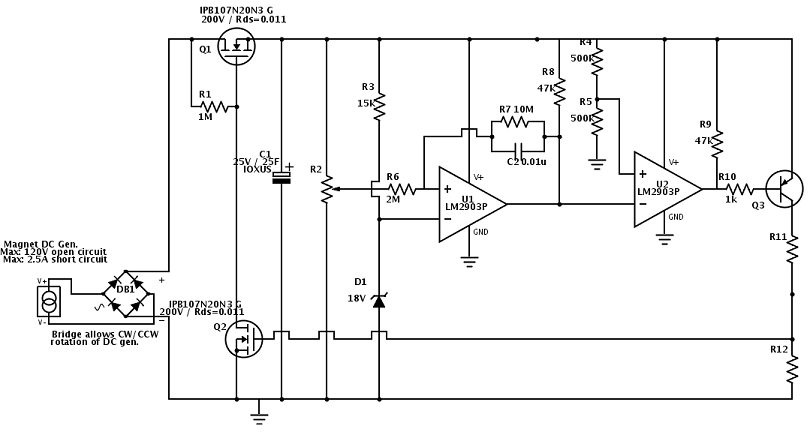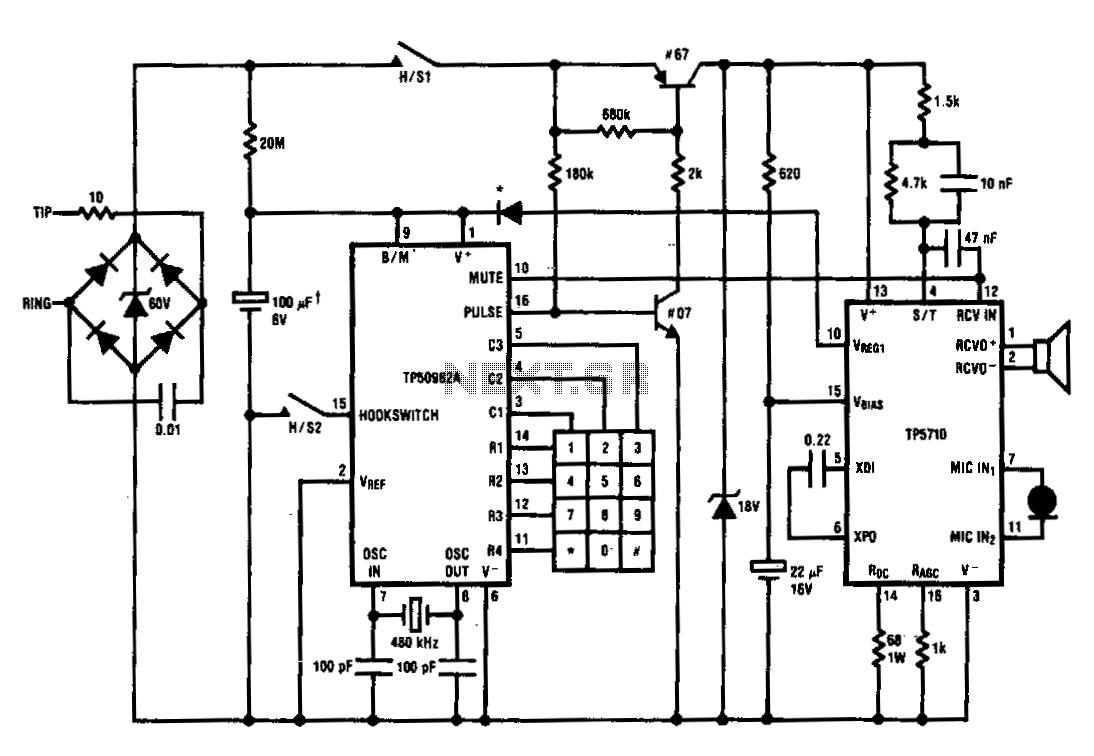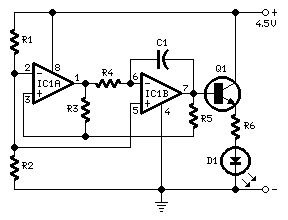
Versatile two-phase pulse generator

A two-phase clock generator utilizes two L161 integrated circuits to produce pulses with adjustable widths and phase relationships. Additionally, a ramp generator supplies input to two variable window comparators, which are configured using IC2A-IC2B and IC2C-IC2D, respectively.
The two-phase clock generator is designed to create clock signals that can be adjusted in both width and phase, allowing for versatile timing applications in digital circuits. The L161 is a monostable multivibrator capable of generating precise timing pulses. By configuring two L161 ICs in tandem, it is possible to achieve two distinct clock outputs that can be manipulated to meet specific timing requirements.
The ramp generator serves as a critical component in this circuit, providing a varying voltage signal that is fed into the variable window comparators. These comparators, implemented with operational amplifiers IC2A-IC2B and IC2C-IC2D, compare the ramp signal against predetermined thresholds to produce a clean, square wave output. The output of the comparators can be finely tuned by adjusting their reference voltages, which allows for precise control over the pulse width and phase of the clock signals.
The overall design is beneficial in applications such as synchronous data transmission, where precise timing is essential for maintaining data integrity. Furthermore, the ability to adjust the phase relationships between the two clock outputs enhances the flexibility of the circuit, making it suitable for various digital systems that require coordinated timing signals. The combination of the ramp generator and variable window comparators ensures that the clock generator can adapt to different operational requirements, making it a valuable asset in complex electronic designs.Two-phase clock generator uses two L161s to generate pulses of adjustable widths and phase relationships Ramp generator feeds two variable window comparators formed by IC2A-IC2B and IC2C-IC2D respectively. 🔗 External reference
The two-phase clock generator is designed to create clock signals that can be adjusted in both width and phase, allowing for versatile timing applications in digital circuits. The L161 is a monostable multivibrator capable of generating precise timing pulses. By configuring two L161 ICs in tandem, it is possible to achieve two distinct clock outputs that can be manipulated to meet specific timing requirements.
The ramp generator serves as a critical component in this circuit, providing a varying voltage signal that is fed into the variable window comparators. These comparators, implemented with operational amplifiers IC2A-IC2B and IC2C-IC2D, compare the ramp signal against predetermined thresholds to produce a clean, square wave output. The output of the comparators can be finely tuned by adjusting their reference voltages, which allows for precise control over the pulse width and phase of the clock signals.
The overall design is beneficial in applications such as synchronous data transmission, where precise timing is essential for maintaining data integrity. Furthermore, the ability to adjust the phase relationships between the two clock outputs enhances the flexibility of the circuit, making it suitable for various digital systems that require coordinated timing signals. The combination of the ramp generator and variable window comparators ensures that the clock generator can adapt to different operational requirements, making it a valuable asset in complex electronic designs.Two-phase clock generator uses two L161s to generate pulses of adjustable widths and phase relationships Ramp generator feeds two variable window comparators formed by IC2A-IC2B and IC2C-IC2D respectively. 🔗 External reference
